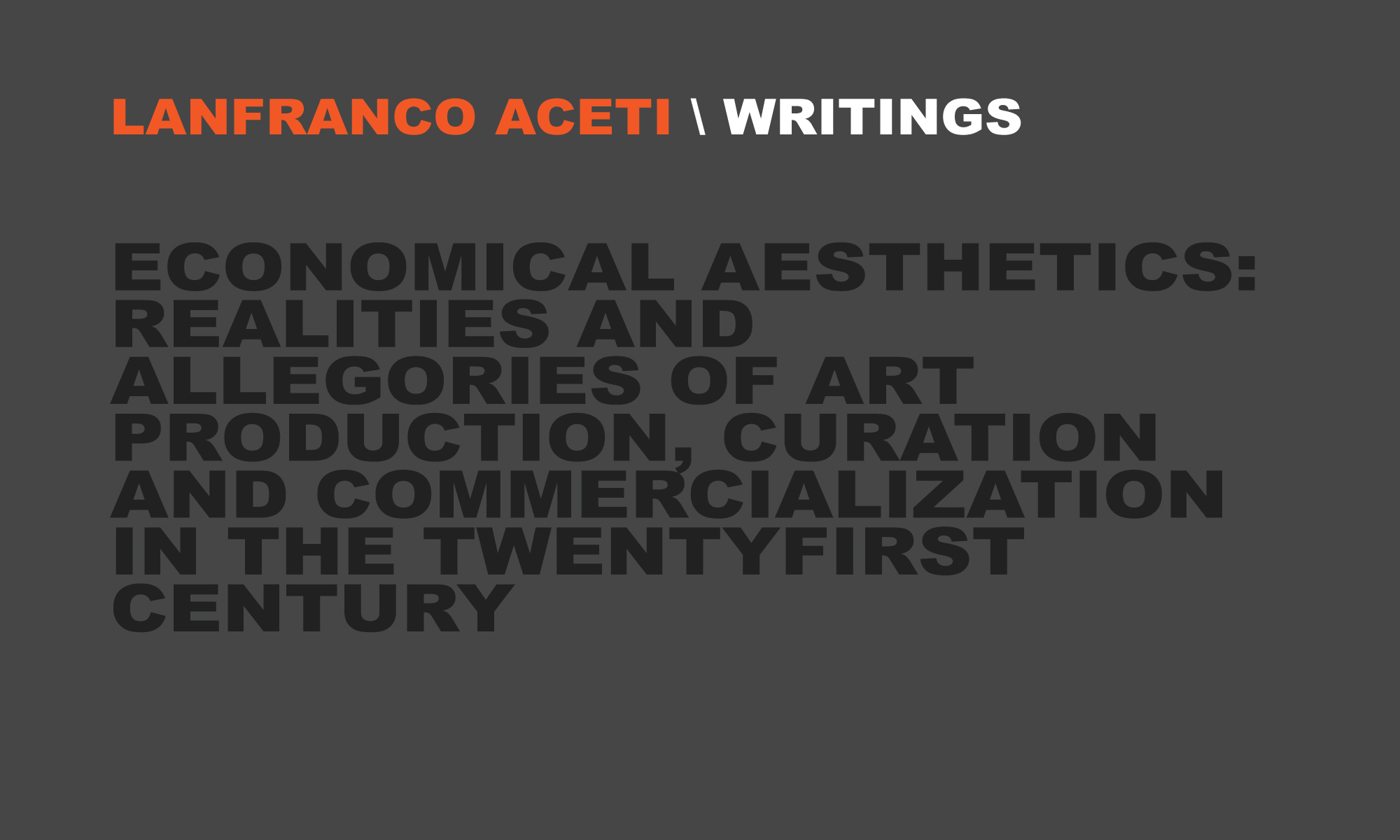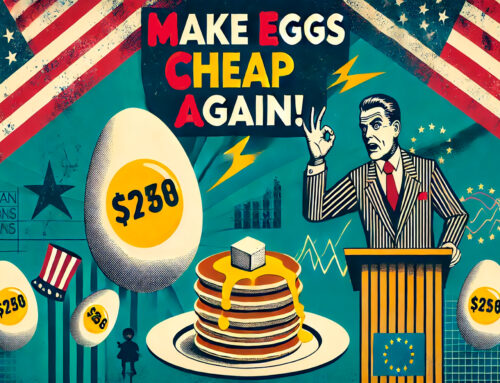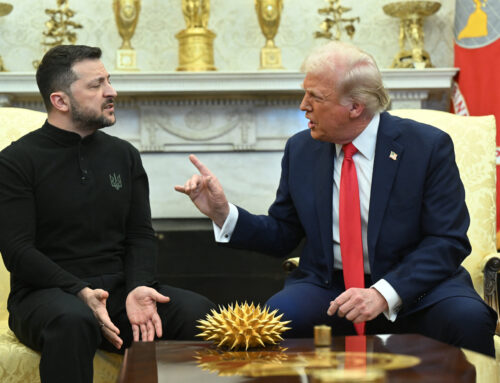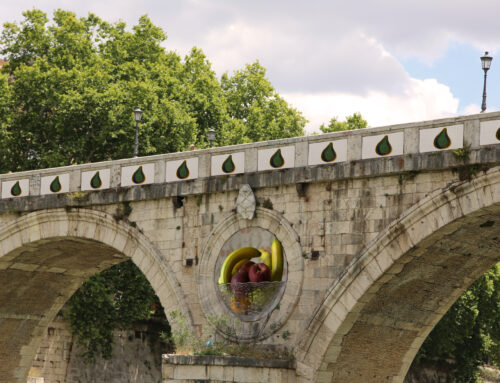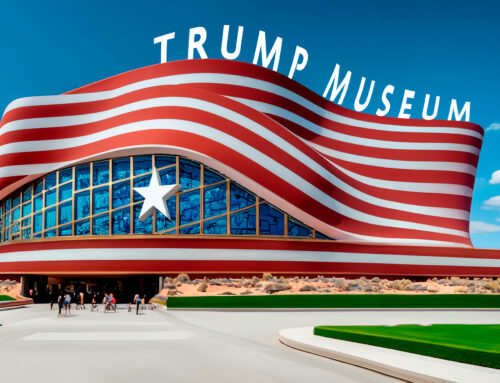I was at the Kunst Hal Aarhus where I had the pleasure of attending the opening of Systemics #3, curated by Joasia Krysia the director of Kunst Hal Aarhus, and participated with a talk that focused on art, money and the aesthetic representation of illusory and utopian worlds. The exhibition was great and I had an interesting evening talking with the artists Song Dong, Fran Gallardo, Mogens Jakobsen, Jakob Kolding, Lise Skou and Mika Taanila. My talk focused on contemporary art and economics, with a premise rooted in Virgil’s Bucolics.
ECONOMICAL AESTHETICS: REALITIES AND ALLEGORIES OF ART PRODUCTION, CURATION AND COMMERCIALIZATION IN THE TWENTYFIRST CENTURY
ABSTRACT
If one were to talk today of contemporary art, it would be necessary to talk about money first. To assume that art and artistic production do not have much to do with art and all to do with the aesthetic desire of achieving Apollinean ideal beauty or reaching Dionysian ecstatic fulfillment is a deluded argument developed in bad faith in order to safeguard personal and institutional interests.
Art is increasingly and inextricably linked to money, even when there is none and when the artists or the curators profess alternative forms of engagements. Are there really alternatives to the current frameworks? Certainly there are escamotages and theoretical positions available for artists, curators and institutions that allow the creation of less commercially driven aesthetic practices, the survival of semi-alternative approaches and the promotion of ‘different’ artworks and artists, but always within capitalistic forms of exchange.
Nevertheless these practices are still determined by socio-political and economic conditions for the production of art and artistic discourses, which in the XXIst century are framed within a social context that can be referred to as end of days’ Capitalism. This is a social context that creates a world of arcadic and escapist dreams manifested as utopian and dystopian landscapes.
It is the unfettered Capitalism of the end of days that regulates the production of content as well as its dissemination and impact within hierarchical structures and socially mediated pecking orders that leave no longer any chance, if ever there has been one, to the development of truly alternative aesthetic practices.
Perhaps it is in the current political aesthetics of protest and revolt that art might attempt to redefine itself. If only the current socio-political upheavals were to become something more than mediated fleeting social struggles or trite pseudo-leftist arguments and were not already enclosed within a precession of simulacra that commodified them at birth.
KEYWORDS
Economical aesthetic, Arcadia, utopia, dystopia, contemporary art, new media art, economy, capitalism,

